Samsung Innovation Museum in Suwon shows how technology has altered the way we get news
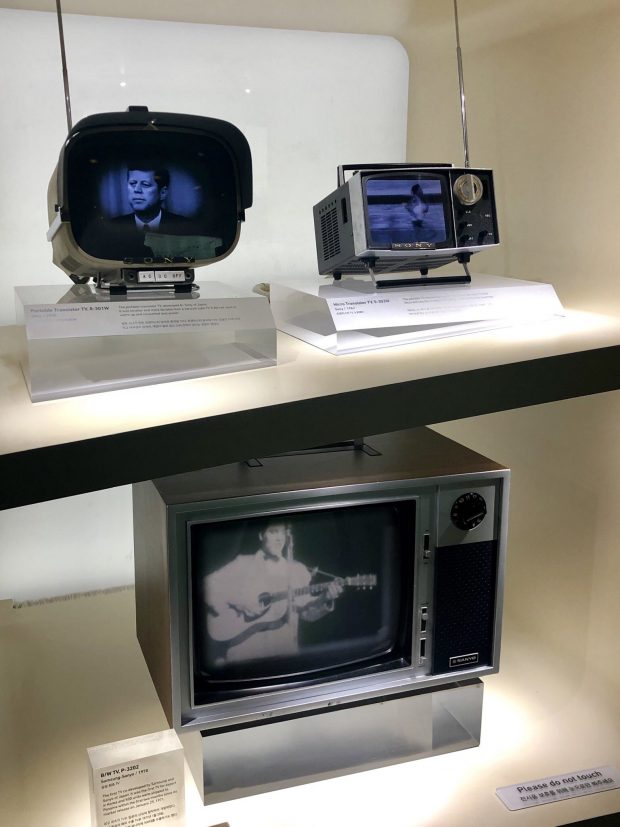
Samsung-Sanyo, the first TV co-developed by Samsung and Sanyo from Japan in 1970 (Samsung)
By Habib Toumi
SUWON: People fascinated by mass communication and the development of electronic devices and tools from the early days to our modern world have a great opportunity to monitor and admire this progress at the Samsung Innovation Museum.
Here, one of the three exhibitions in the impeccable building in Samsung Digital City, chronicles the progress of displays from the grainy black-and-white TVs to the modern mobile.
Dedicated to exploring the past, present and future of the electronics industry, the museum highlights Samsung’s path and legacy of innovation in the electronics sector and, to Samsung’s great merit, outlines how the company built on the work of its predecessors to help the electronics industry move forward.
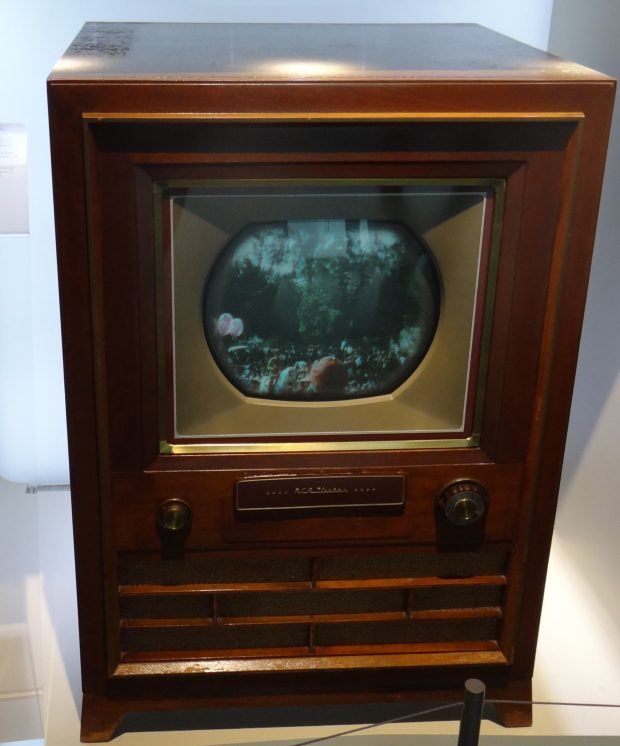
The museum uses sound and videos to show how technology has come a long way since the days, decades ago, when people gathered around a much-prized radio set to listen to news or talks, or when, years later, they gathered to watch news or programs on television.
Thanks to technology and to innovations introduced by major companies, including South Korea’s flagship Samsung, people have on their mobiles applications that allows them to listen to thousands of live radio stations world-wide by rotating the globe.
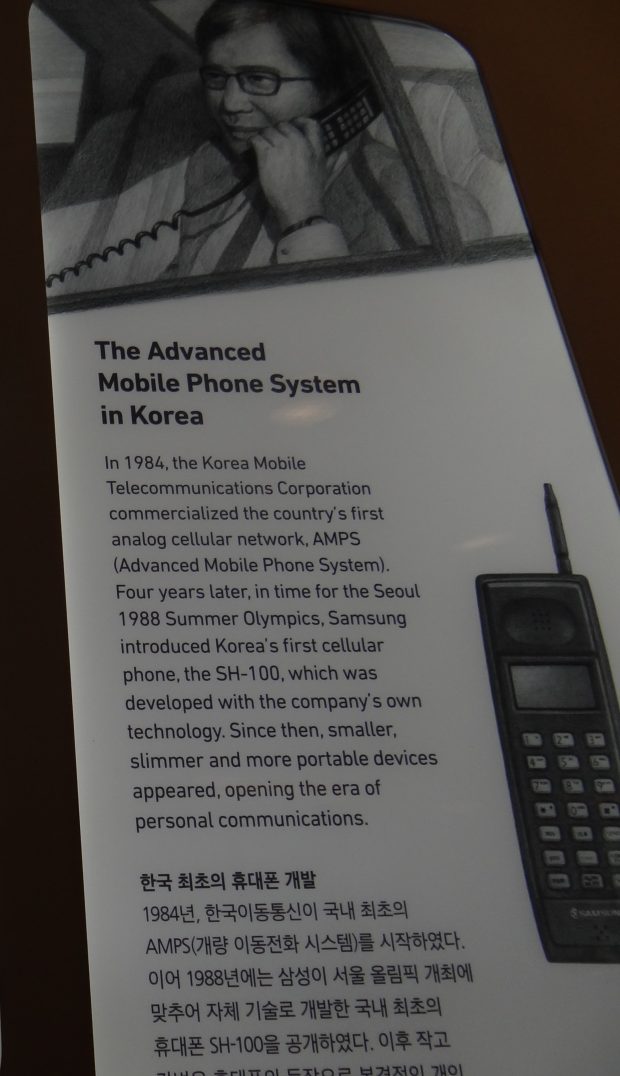
The SH-100, Korea’s first cellular phone introduced during the Korea Summer Olympic Games in 1988
On the same mobile, they have television channels, social media and digital platforms that keep them informed about everything, anytime and wherever they are.
People no longer have to wait for the 4 o’clock newscast and getting information has become comfortably easy while everything happening in the world is now just a heartbeat away from them. Livestreaming is the norm, not the exception.
In fact, every news organization, every platform, every live streaming app is competing to break the news to the widest audience possible.
With the plethora of news sources and tools and the dazzling changes introduced by technology, consumers have developed new expectations for getting their information, and this has forced fundamental changes in gathering and presenting news.
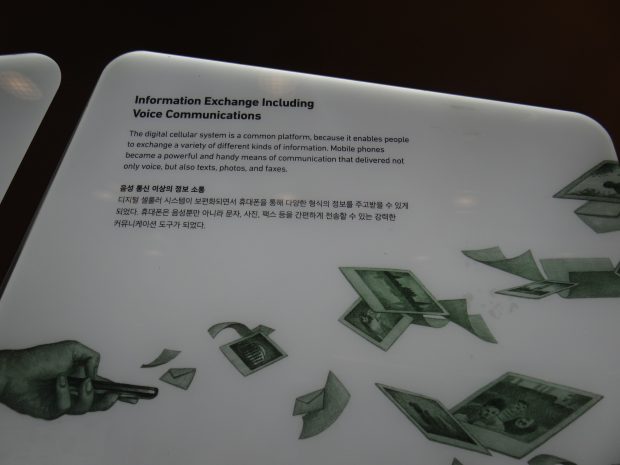
Mobile phones have become a handy and powerful means of communication
The one-size-fits-all format newscast is no longer viable and, as wished by consumers, personalized news have become more prevalent.
Yet, in this world of mobile-driven consumers expecting information to be delivered in a concise and personalized manner, the situation is not always so rosy.
When we, a group of international journalists taking part in the World Journalist Conference organized by the Journalists Association of Korea (JAK), visited Samsung Innovation Museum in Suwon, a city that impressively awes its visitors, delves with them into history and soars with them to new heights of technology, we witnessed this technology progress.
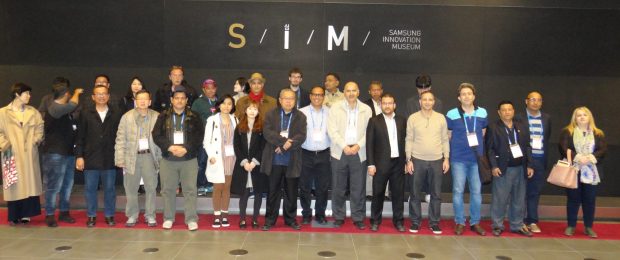
International journalists during the visit to Samsung Innovation Museum in 2019
It was a great opportunity to see and appreciate how technology improved lives and reshaped the development of human civilization.
The museum featured “some of the true historical masterpieces of electronics innovation,” and “inventions that laid the technological foundation to develop and refine products that enhance lives today.”
“The museum gives visitors an opportunity to see where we’ve come from and also see where Samsung draws inspiration from to continue to create category defining products,” a Samsung official was quoted as saying.










































